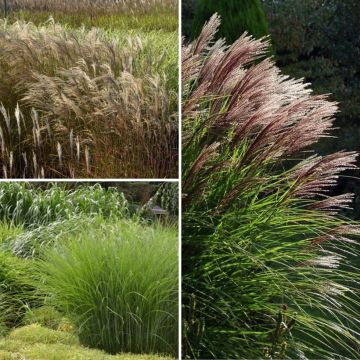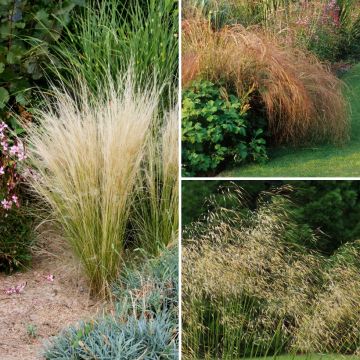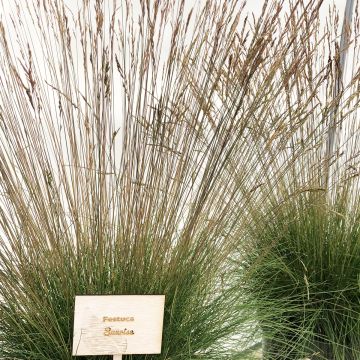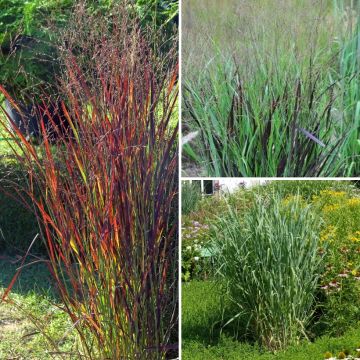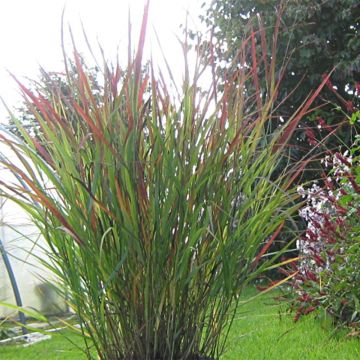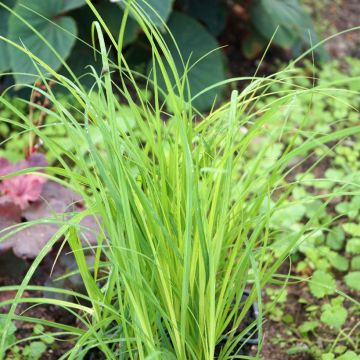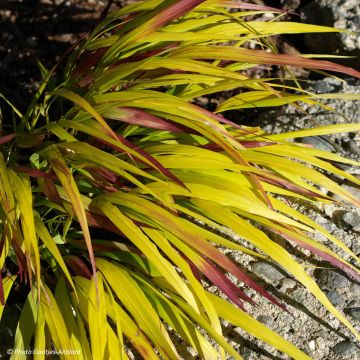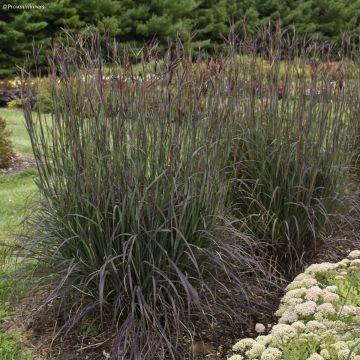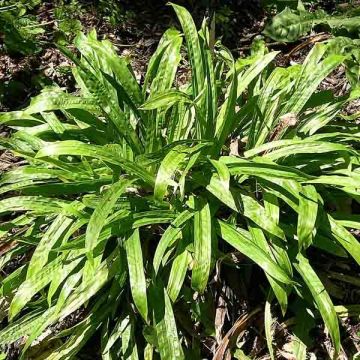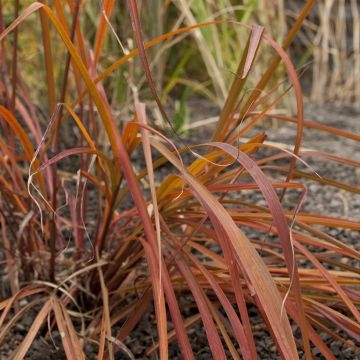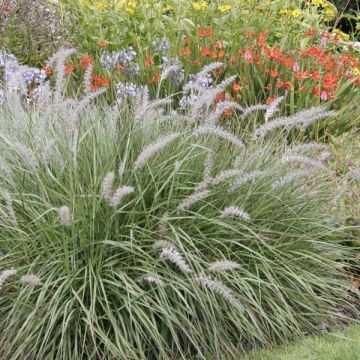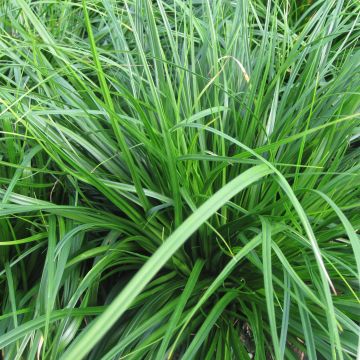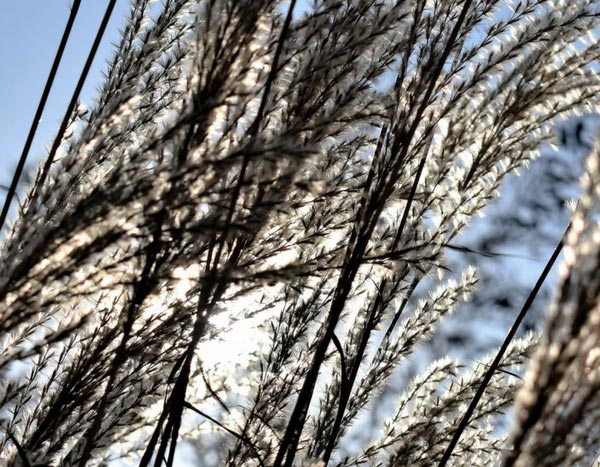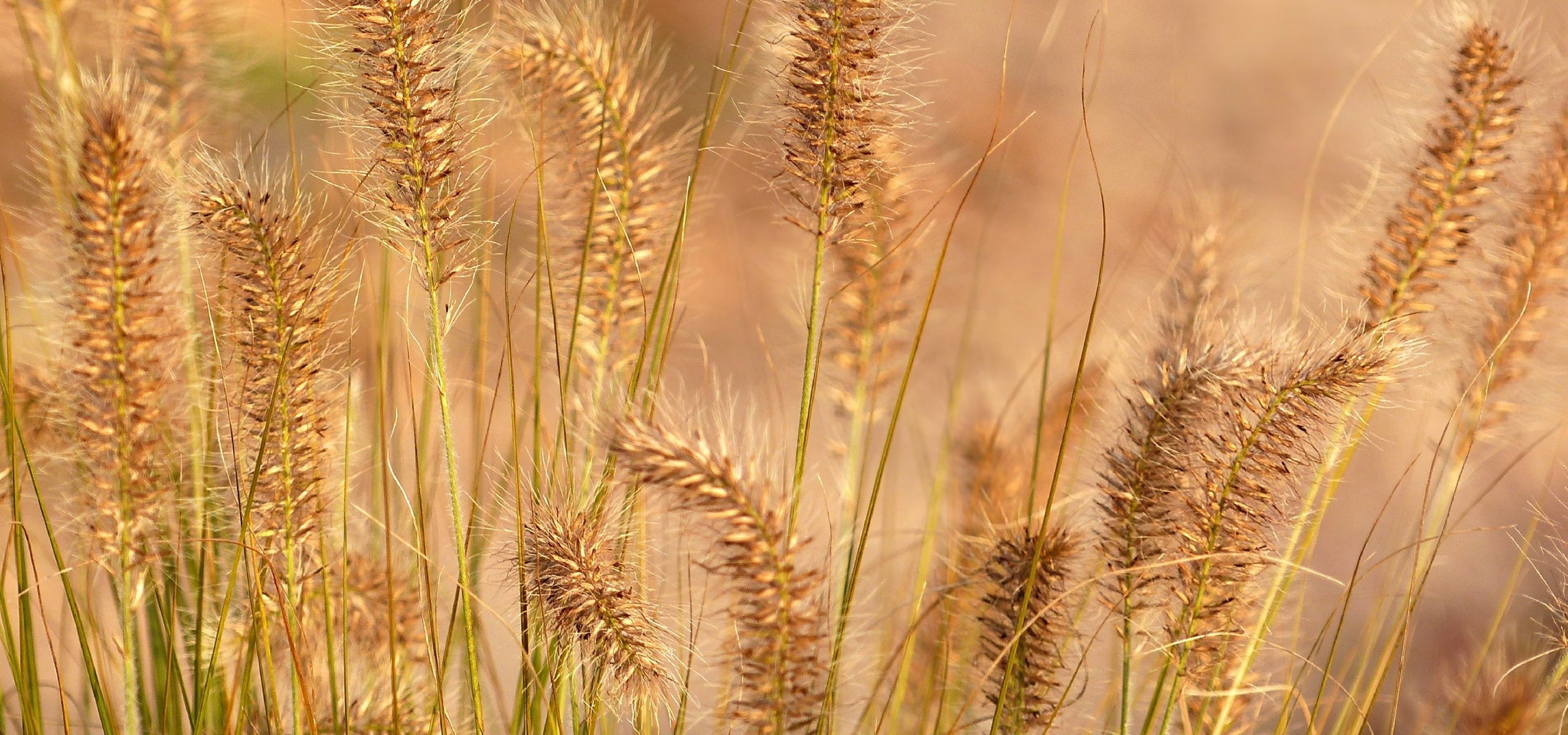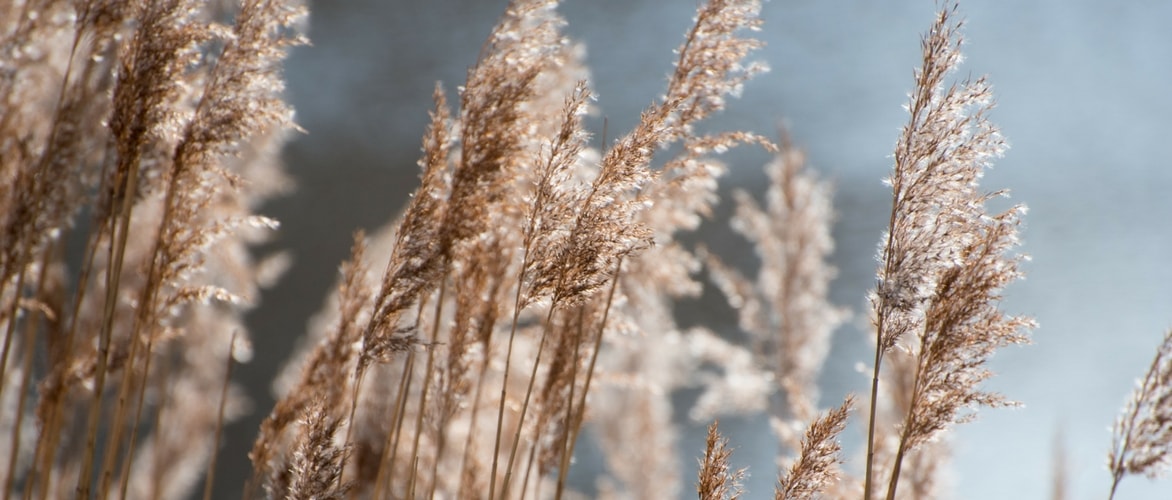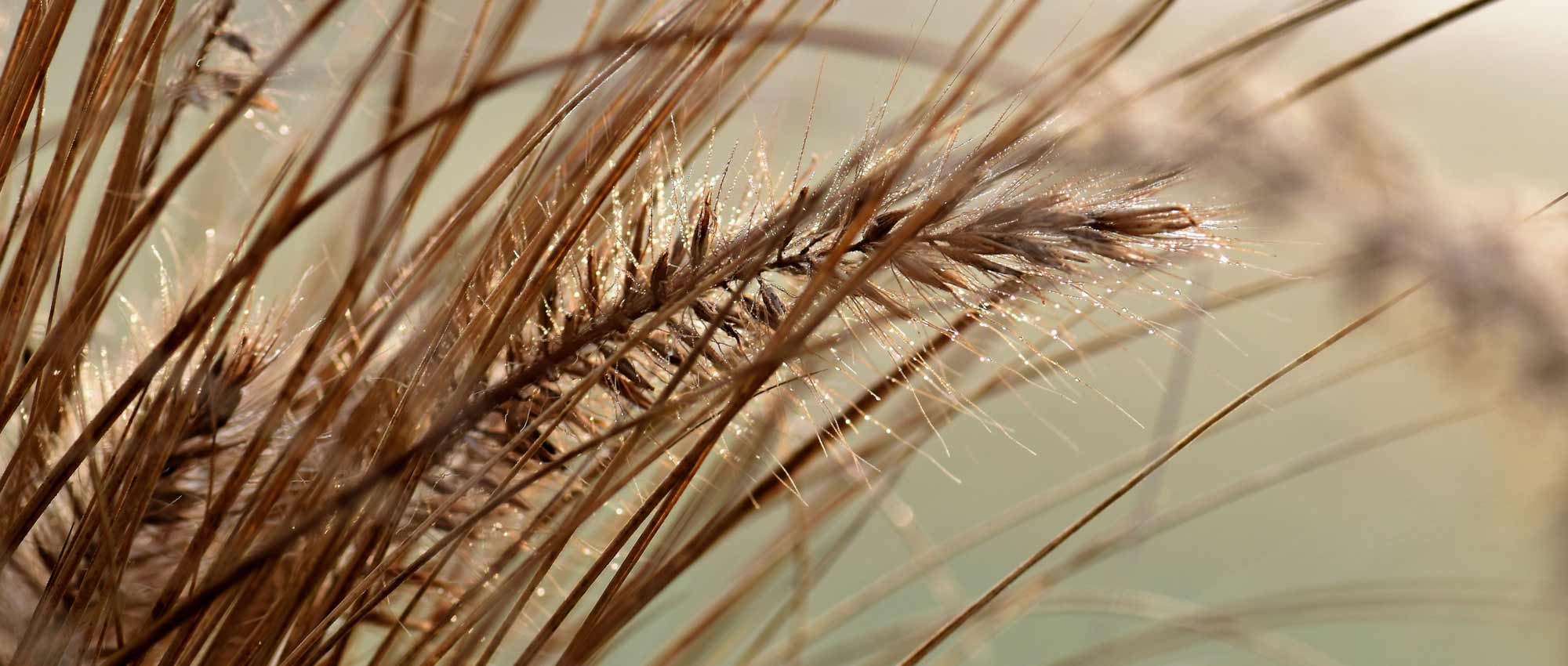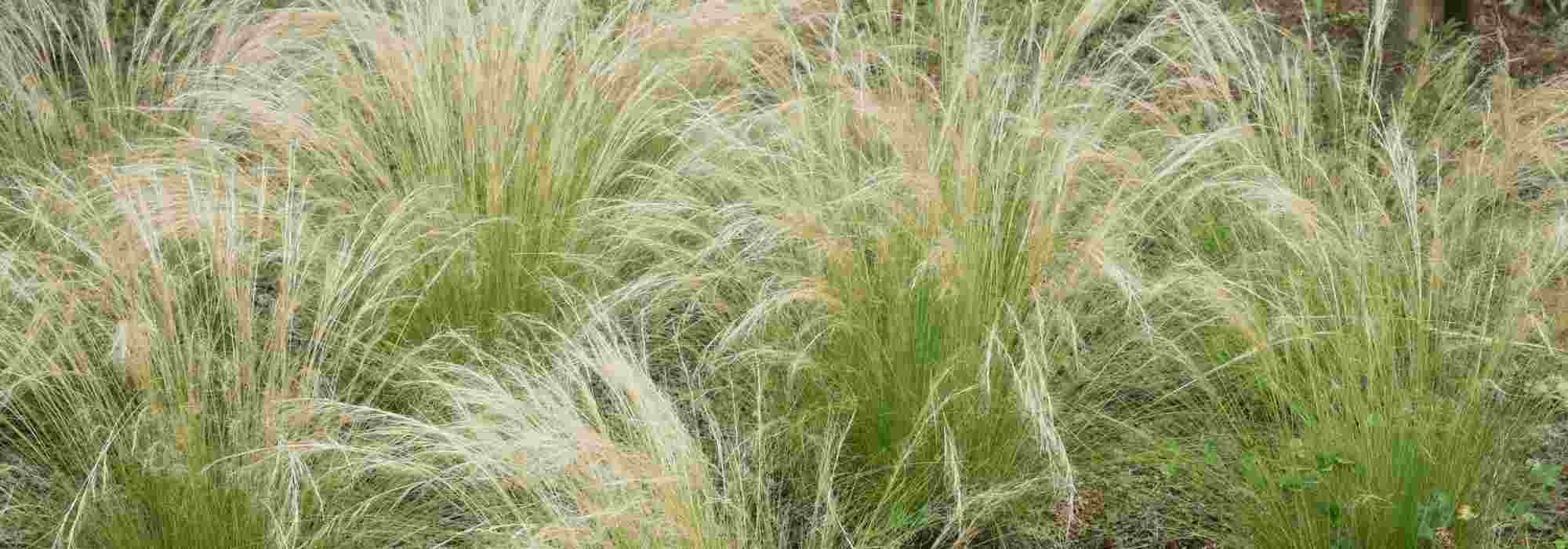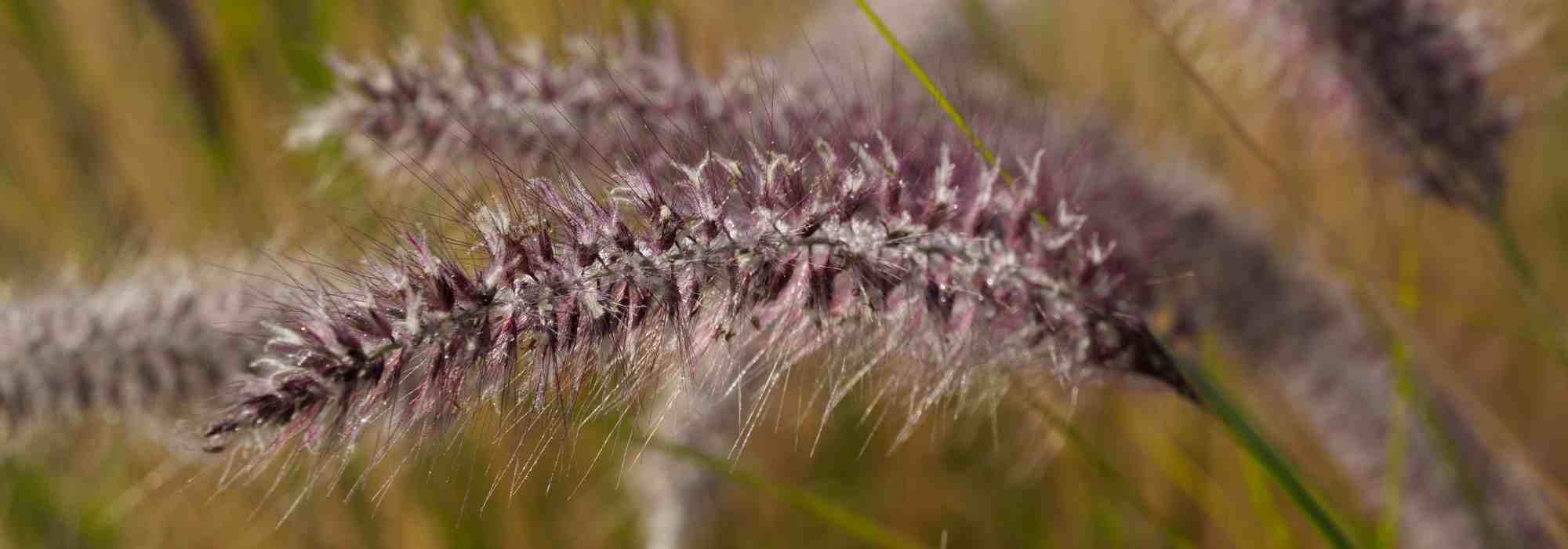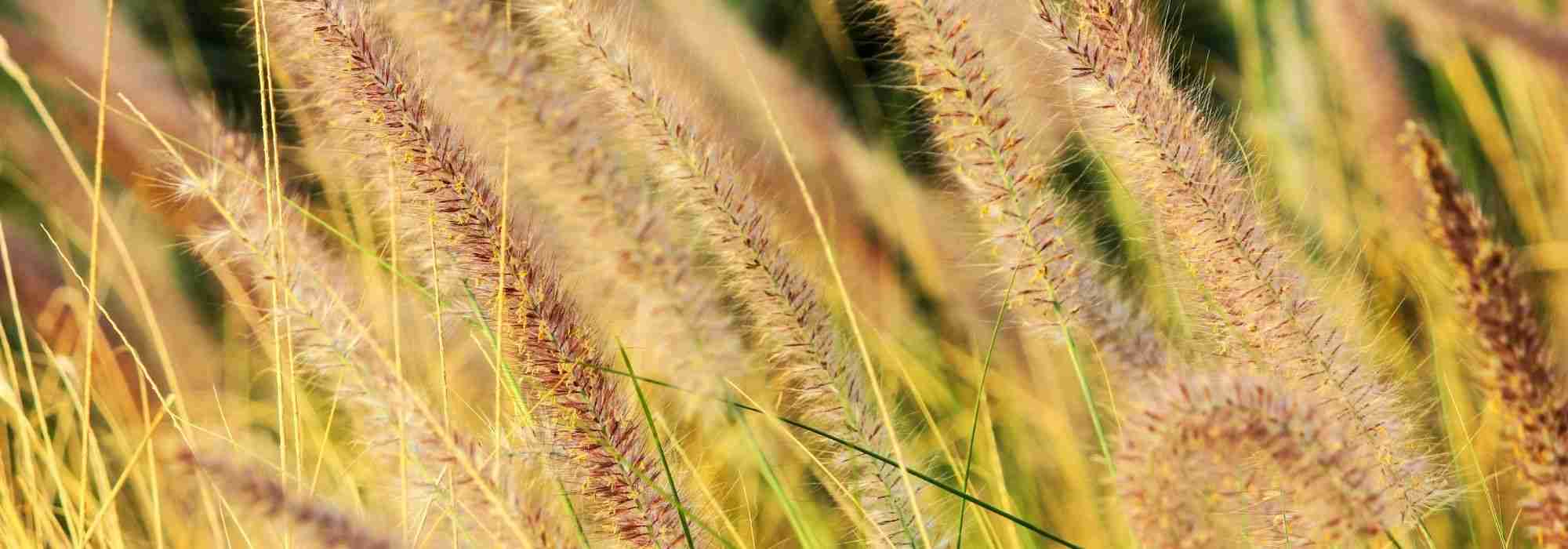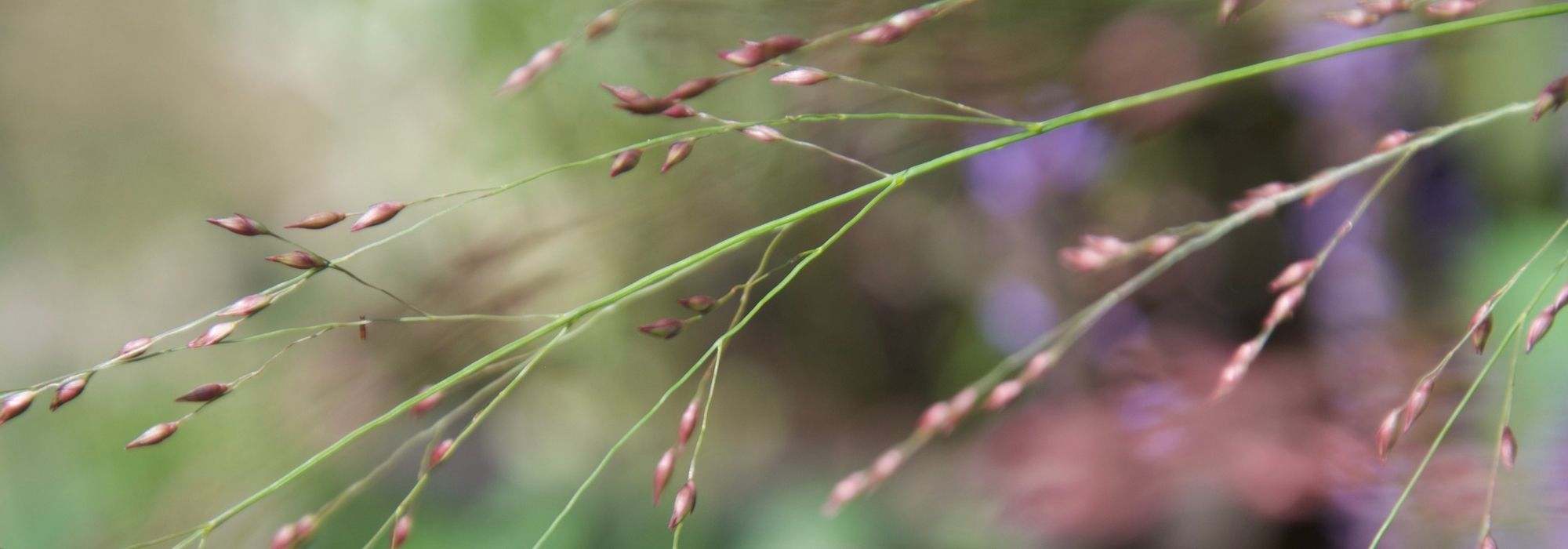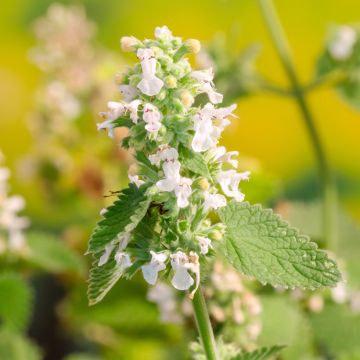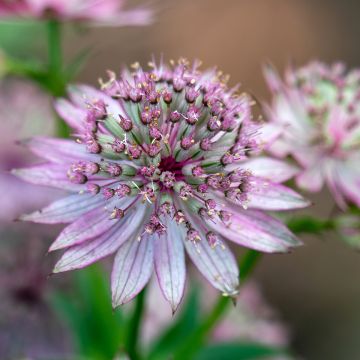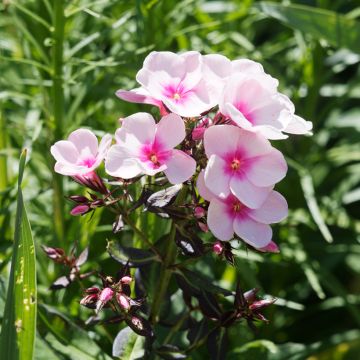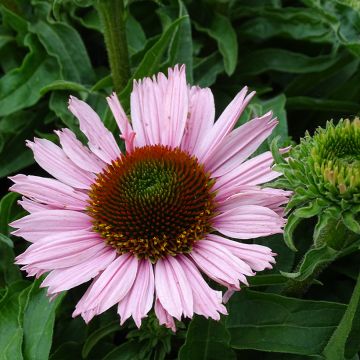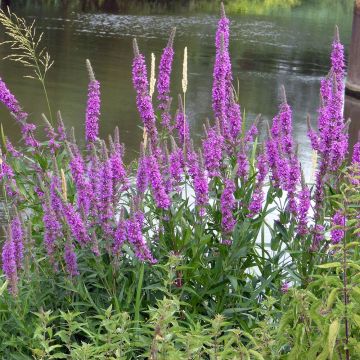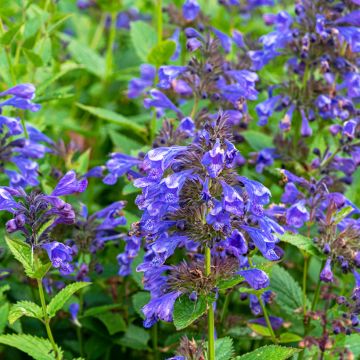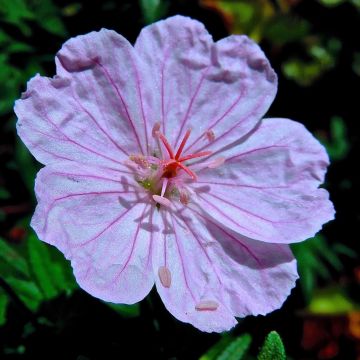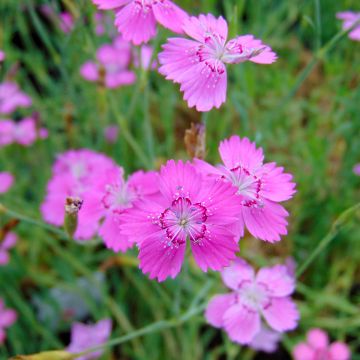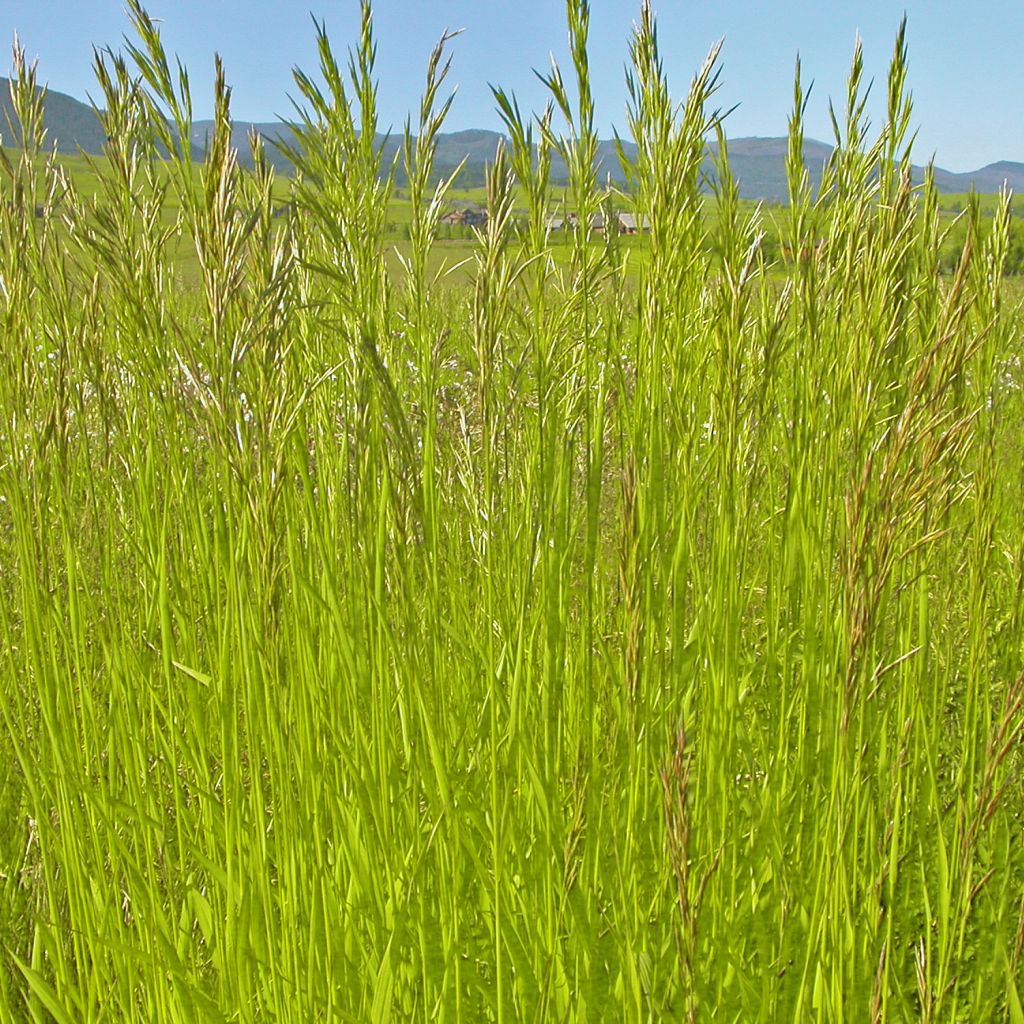

Bromus inermis Skinners Gold
Bromus inermis Skinners Gold
Bromus inermis Skinner s Gold
Hungarian brome
Special offer!
Receive a €20 voucher for any order over €90 (excluding delivery costs, credit notes, and plastic-free options)!
1- Add your favorite plants to your cart.
2- Once you have reached €90, confirm your order (you can even choose the delivery date!).
3- As soon as your order is shipped, you will receive an email containing your voucher code, valid for 3 months (90 days).
Your voucher is unique and can only be used once, for any order with a minimum value of €20, excluding delivery costs.
Can be combined with other current offers, non-divisible and non-refundable.
Why not try an alternative variety in stock?
View all →This plant carries a 12 months recovery warranty
More information
We guarantee the quality of our plants for a full growing cycle, and will replace at our expense any plant that fails to recover under normal climatic and planting conditions.
Does this plant fit my garden?
Set up your Plantfit profile →
Description
Brome or Bromus inermis Skinner's Gold is a hardy and perennial grass, with variegated dark green foliage vertically streaked with gold. In summer, feathery spikes of flowers appear, reminiscent of oats, with a green-bronze colour tinged with violet. They are carried by pale yellow stems, giving the flowering plant a golden sheaf-like appearance. This variety is easy to grow in well-drained ordinary soil, that is moist to dry in summer. It spreads through its running rhizomes without becoming invasive. To control its spread more easily, it can be cultivated in pots.
Bromus inermis is a plant of the Poaceae family which is native to central and boreal Europe, western Asia, and Siberia. It is very hardy. This species often grows in the wild at the foot of hedges, along paths, or in ditches, and tolerates all kinds of soils, whether clay or limestone, as well as dry or wet conditions.
The Skinner's Gold variety, from northern Manitoba, forms an upright clump composed of flat leaves slightly wider than those of the species. These reach a height and width of at least 60 to 80 cm (24 to 32in), as it spreads through fine rhizomes. The foliage is elegantly vertically streaked with bright green and golden yellow. From June to August, yellow stems rise from the clump, reaching a height of about 1 m (3ft), carrying feathery panicles at their tips, giving the plant a loose habit and a beautiful golden colour. The inflorescences, which turn brown-golden at maturity, are perfect for beautiful dried flower arrangements.
Bromus inermis 'Skinner's Gold' will find a place in a grass garden, a wild garden alongside perennial Geraniums sanguineum or cinereum, Linarias, or in a rustic border with mallows, catmints, tall thistles, and blue-flowering plants such as asters, meadow sages, bluebeards, or even Ceanothus. It is also a plant that can be grown as a specimen, perfectly suited to a contemporary garden with clean lines. It also grows very well in a container or a large pot.
Report an error about the product description
Bromus inermis Skinners Gold in pictures
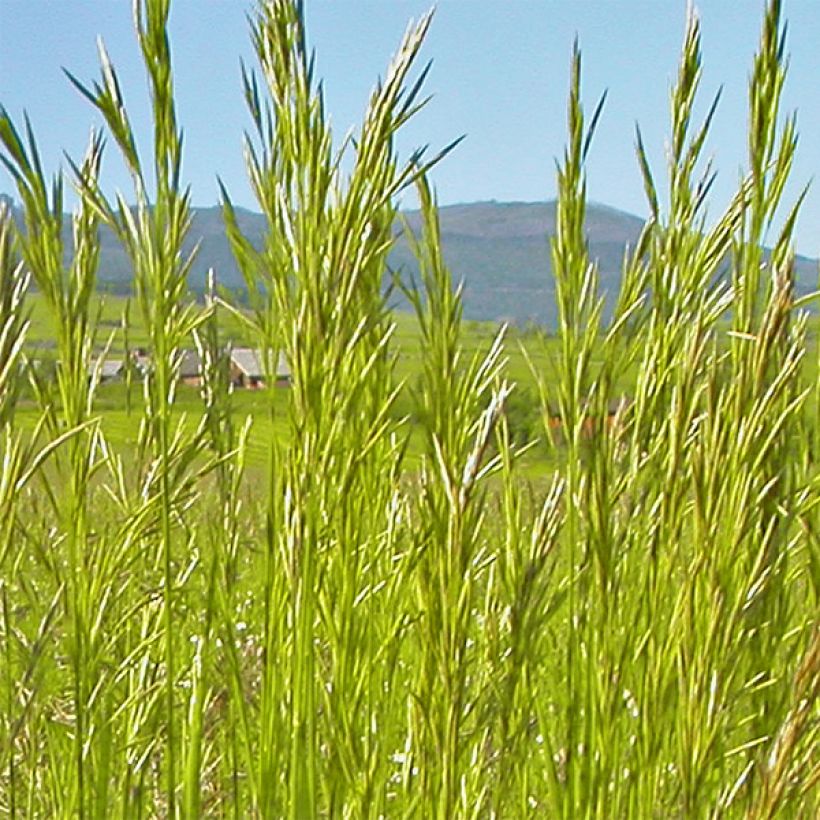

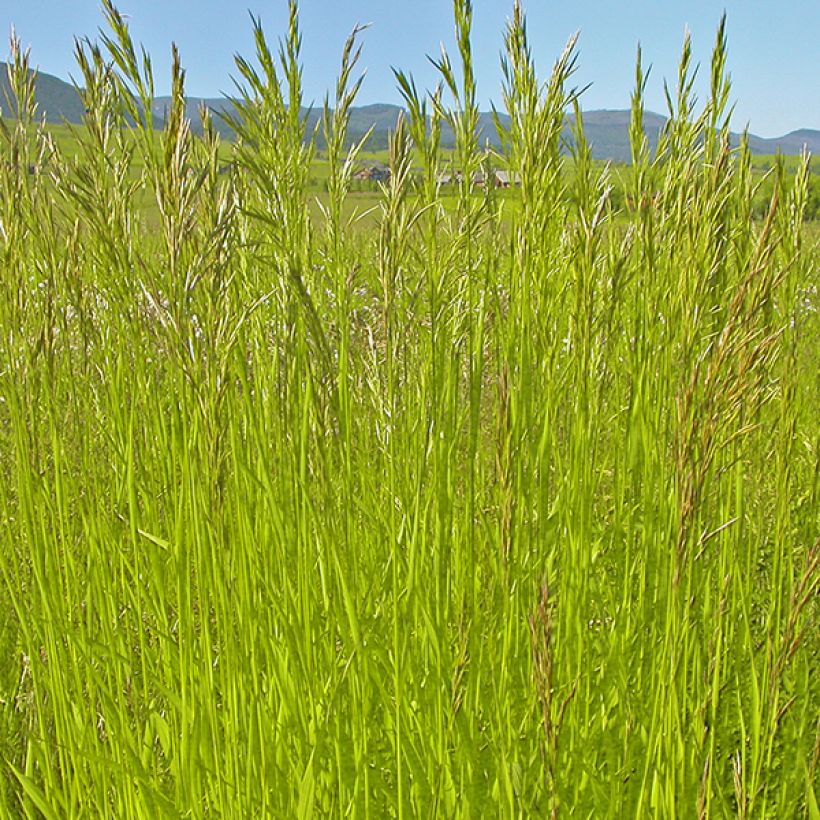

Flowering
Foliage
Plant habit
Botanical data
Bromus
inermis
Skinner s Gold
Poaceae
Hungarian brome
Cultivar or hybrid
Other Ornemental grasses A to Z
View all →Planting and care
Easy to grow and perfectly hardy, Bromus inermis Skinner's Gold, thrives in both heavy and light soil, even poor soil. It enjoys moisture, sun or partial shade, but also withstands summer drought, although this may slightly affect the beauty of its foliage and growth. Sometimes, in soil that is too rich, the variety may revert back to its original green-leaved form. Ruthlessly remove all entirely green shoots, else the variegated variety will disappear.
Planting period
Intended location
Care
Planting & care advice
This item has not been reviewed yet - be the first to leave a review about it.
Similar products
Haven't found what you were looking for?
Hardiness is the lowest winter temperature a plant can endure without suffering serious damage or even dying. However, hardiness is affected by location (a sheltered area, such as a patio), protection (winter cover) and soil type (hardiness is improved by well-drained soil).

Photo Sharing Terms & Conditions
In order to encourage gardeners to interact and share their experiences, Promesse de fleurs offers various media enabling content to be uploaded onto its Site - in particular via the ‘Photo sharing’ module.
The User agrees to refrain from:
- Posting any content that is illegal, prejudicial, insulting, racist, inciteful to hatred, revisionist, contrary to public decency, that infringes on privacy or on the privacy rights of third parties, in particular the publicity rights of persons and goods, intellectual property rights, or the right to privacy.
- Submitting content on behalf of a third party;
- Impersonate the identity of a third party and/or publish any personal information about a third party;
In general, the User undertakes to refrain from any unethical behaviour.
All Content (in particular text, comments, files, images, photos, videos, creative works, etc.), which may be subject to property or intellectual property rights, image or other private rights, shall remain the property of the User, subject to the limited rights granted by the terms of the licence granted by Promesse de fleurs as stated below. Users are at liberty to publish or not to publish such Content on the Site, notably via the ‘Photo Sharing’ facility, and accept that this Content shall be made public and freely accessible, notably on the Internet.
Users further acknowledge, undertake to have ,and guarantee that they hold all necessary rights and permissions to publish such material on the Site, in particular with regard to the legislation in force pertaining to any privacy, property, intellectual property, image, or contractual rights, or rights of any other nature. By publishing such Content on the Site, Users acknowledge accepting full liability as publishers of the Content within the meaning of the law, and grant Promesse de fleurs, free of charge, an inclusive, worldwide licence for the said Content for the entire duration of its publication, including all reproduction, representation, up/downloading, displaying, performing, transmission, and storage rights.
Users also grant permission for their name to be linked to the Content and accept that this link may not always be made available.
By engaging in posting material, Users consent to their Content becoming automatically accessible on the Internet, in particular on other sites and/or blogs and/or web pages of the Promesse de fleurs site, including in particular social pages and the Promesse de fleurs catalogue.
Users may secure the removal of entrusted content free of charge by issuing a simple request via our contact form.
The flowering period indicated on our website applies to countries and regions located in USDA zone 8 (France, the United Kingdom, Ireland, the Netherlands, etc.)
It will vary according to where you live:
- In zones 9 to 10 (Italy, Spain, Greece, etc.), flowering will occur about 2 to 4 weeks earlier.
- In zones 6 to 7 (Germany, Poland, Slovenia, and lower mountainous regions), flowering will be delayed by 2 to 3 weeks.
- In zone 5 (Central Europe, Scandinavia), blooming will be delayed by 3 to 5 weeks.
In temperate climates, pruning of spring-flowering shrubs (forsythia, spireas, etc.) should be done just after flowering.
Pruning of summer-flowering shrubs (Indian Lilac, Perovskia, etc.) can be done in winter or spring.
In cold regions as well as with frost-sensitive plants, avoid pruning too early when severe frosts may still occur.
The planting period indicated on our website applies to countries and regions located in USDA zone 8 (France, United Kingdom, Ireland, Netherlands).
It will vary according to where you live:
- In Mediterranean zones (Marseille, Madrid, Milan, etc.), autumn and winter are the best planting periods.
- In continental zones (Strasbourg, Munich, Vienna, etc.), delay planting by 2 to 3 weeks in spring and bring it forward by 2 to 4 weeks in autumn.
- In mountainous regions (the Alps, Pyrenees, Carpathians, etc.), it is best to plant in late spring (May-June) or late summer (August-September).
The harvesting period indicated on our website applies to countries and regions in USDA zone 8 (France, England, Ireland, the Netherlands).
In colder areas (Scandinavia, Poland, Austria...) fruit and vegetable harvests are likely to be delayed by 3-4 weeks.
In warmer areas (Italy, Spain, Greece, etc.), harvesting will probably take place earlier, depending on weather conditions.
The sowing periods indicated on our website apply to countries and regions within USDA Zone 8 (France, UK, Ireland, Netherlands).
In colder areas (Scandinavia, Poland, Austria...), delay any outdoor sowing by 3-4 weeks, or sow under glass.
In warmer climes (Italy, Spain, Greece, etc.), bring outdoor sowing forward by a few weeks.
































